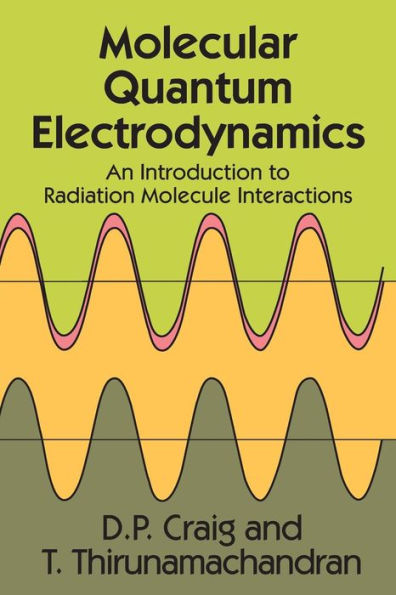Molecular Quantum Electrodynamics: An Introduction to Radiation-Molecule Interactions
Of equal value to students and experts, this self-contained, systematic introduction features formal derivations of the quantized field matrix elements for numerous laser-molecule interaction effects: one- and two-photon absorption and emission, Rayleigh and Raman scattering, linear and nonlinear optical processes, the Lamb shift, and much more.
1111447444
Molecular Quantum Electrodynamics: An Introduction to Radiation-Molecule Interactions
Of equal value to students and experts, this self-contained, systematic introduction features formal derivations of the quantized field matrix elements for numerous laser-molecule interaction effects: one- and two-photon absorption and emission, Rayleigh and Raman scattering, linear and nonlinear optical processes, the Lamb shift, and much more.
19.95
In Stock
5
1

Molecular Quantum Electrodynamics: An Introduction to Radiation-Molecule Interactions
336
Molecular Quantum Electrodynamics: An Introduction to Radiation-Molecule Interactions
336Paperback(Unabridged)
$19.95
19.95
In Stock

Product Details
| ISBN-13: | 9780486402147 |
|---|---|
| Publisher: | Dover Publications |
| Publication date: | 01/29/1998 |
| Series: | Dover Books on Chemistry Series |
| Edition description: | Unabridged |
| Pages: | 336 |
| Product dimensions: | 6.14(w) x 9.21(h) x 0.70(d) |
From the B&N Reads Blog
